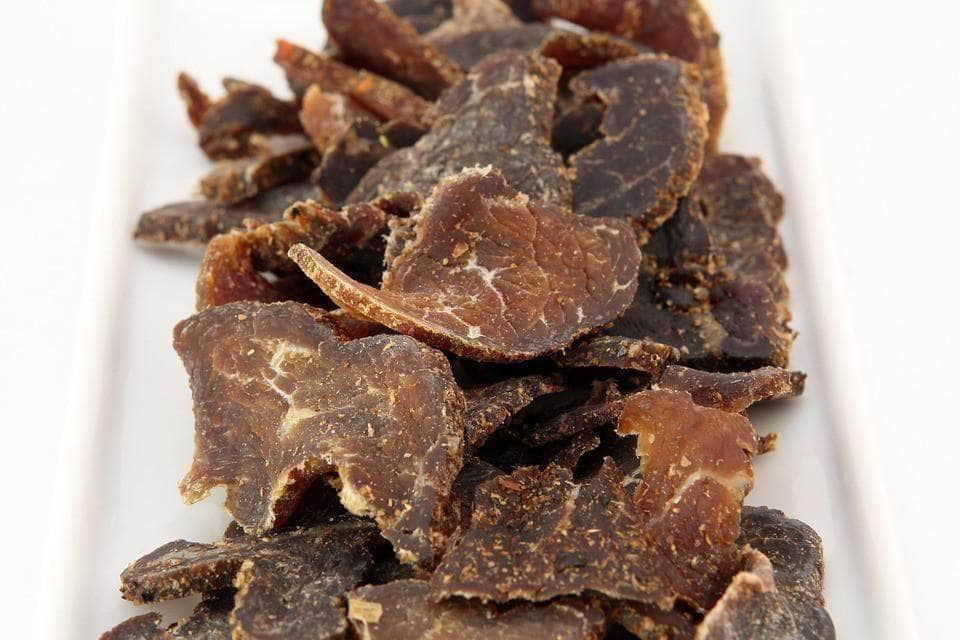The origins of biltong
The origins of biltong date all the way back to the early 17th century. Used primarily as a survival technique, biltong would eventually go on to become a hometown favourite of those who grew up and live in South Africa.
From there, biltong’s influence has spread to various other countries including Canada, New Zealand, Australia, the United Kingdom, and India. Yet in many places it remained overshadowed by it’s fiercest competitor – beef jerky.
Biltong’s rise in popularity
In the last few years however, biltong has experienced a rise in popularity. What was once found only in the deep aisles of truck stops and gas stations is now more commonly found in grocery stores, dried meat outlets and trendy boutiques.
Between 2009 and 2014, dollar sales in the meat snacks category – which includes slim jims, beef jerky and biltong, among others – grew from $1.58 billion to $2.5 billion, and far exceeded the growth of popular snacks such as chips, candy and nuts.
Part of the rise in popularity is due to consumers’ heightened awareness about what they are putting into their bodies. Many people are opting for healthier snacks like biltong, which is packed with protein and vitamins, over chips, which are high in fat and salt content.
Another reason for biltong’s rise in popularity is that consumers are increasingly replacing meals with snacks. With people working more, and taking on more in their day-to-day lives, cooking and preparing a big meal three times a day is too difficult for many. People want a healthy meal that they can take on the go. Therefore, they are looking for something more substantial and satisfying than a candy bar.
Biltong today
Biltong’s popularity may have grown immensely in the last decade, but it is still not a staple in the majority of people’s diets. To try some tasty biltong – and start experiencing its extensive list of health benefits – head to our online store and buy some today.

